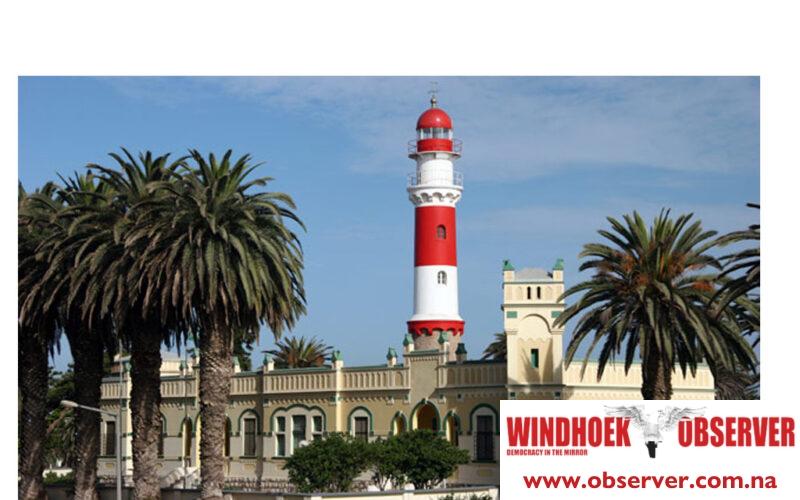Niël Terblanché
Swakopmund has recently been recognised as one of Africa’s cleanest cities.
The accolade is evidence of the coastal town’s fast-growing status among urban centres on the continent, and it celebrates its urban progress and cultural heritage.
The recent unveiling of the new municipal logo by Alfeus Benjamin, the Chief Executive Officer of the Swakopmund Municipality, was a significant moment in Swakopmund’s history.
According to Benjamin, the accolade symbolises the town’s development and the effective governance behind its achievements.
“Swakopmund’s commitment to cleanliness and urban management has set a benchmark for cities across Africa,” he said.
Benjamin attributes this success to the dedication of the municipal staff and the town’s proactive efforts to exchange knowledge with local and international counterparts.
“The new logo incorporates colours that represent the Namibian people, the desert landscape, elegance, and the allure of the Atlantic Ocean, encapsulating the city’s identity and its environmental consciousness,” he said.
The historical significance of Swakopmund adds a rich layer to its modern achievements.
Established in 1892 by the German colonial authorities, Swakopmund was the primary harbour for what was then known as German South-West Africa.
Its unique German colonial architecture, which still dominates the cityscape, serves as a living museum and a reminder of its storied past.
Swakopmund has not only preserved its architectural heritage but also adapted its historical structures for contemporary use, blending the old with the new.
The town’s buildings, such as the old railway station now transformed into a luxury hotel and casino, showcase its ability to repurpose its heritage into vibrant, functional spaces for both locals and tourists.
According to Benjamin, this blend of historical preservation and modern governance makes Swakopmund an excellent example of sustainable urban development in Africa.
He said that Swakopmund continues to attract tourists not simply because of its clean streets and picturesque location between the desert and the sea but also because of the town’s ability to celebrate and preserve its history while forging a path towards a progressive future.




